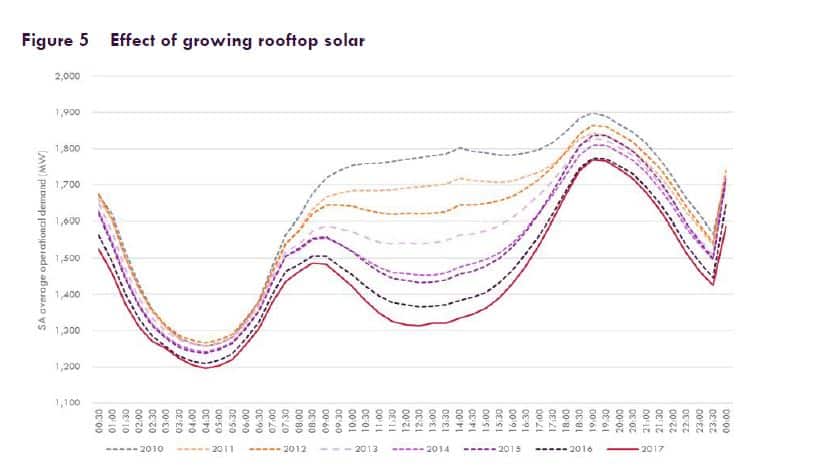Residents in the Western Australia port city of Fremantle will soon be able to trade solar energy using a blockchain-enabled platform.
Around forty households in the WA city will take part in the peer-to-peer clean energy trading RENeW Nexus trial, which was announced in late 2017.
Running until June 2019, the trial involves a fixed-use residential tariff and customised billing system. Participants in the program can then choose when and how much solar power they buy and sell to their peers.
First trial of its kind in the world: WA Government
According to WA Energy Minister Ben Wyatt, the trial could be the world’s first active, billed, peer-to-peer trading trial.

Residents taking part will be able to buy and sell the solar energy they generate across the grid with each other.
Curtin University is managing the RENeW Nexus project. The $2.57 million Fremantle trial is part of the Australian Government’s $50 million Smart Cities and Suburbs Program. Curtin and Murdoch universities will also contribute another $5.68 million.
The project uses blockchain technology to record, track and manage transactions between renewable assets. Western Australian startup Power Ledger will provide the blockchain platform.
Residents trade solar energy via community-owned battery
The Fremantle trial includes a large-scale solar plant, rooftop solar panels, a precinct-sized storage battery and an electric vehicle charging station.
The broader project will also integrate water recycling systems. This involves onsite renewable generation at Fremantle’s water treatment plants.
According to Power Ledger, a planned $3 million upgrade of the plants could be avoided as a result.
Power Ledger addresses ‘duck curve’
Power Ledger is currently partnering with Silicon Valley Power in the US to tackle the problem of the energy ‘duck curve’.
This refers to shape of the energy-use graph. Grid energy demand falls during the day (duck belly) and rises sharply at night (head and beak).

The solution helps iron out peaks and troughs in grid demand. It does this by encouraging electric vehicle owners to charge their cars during the day.
The Australian Energy Market Operator (AEMO) also faces the same duck curve challenge.
Solar battery installations help by reducing evening demand on the grid. This is because battery owners use stored energy generated during the day.













































